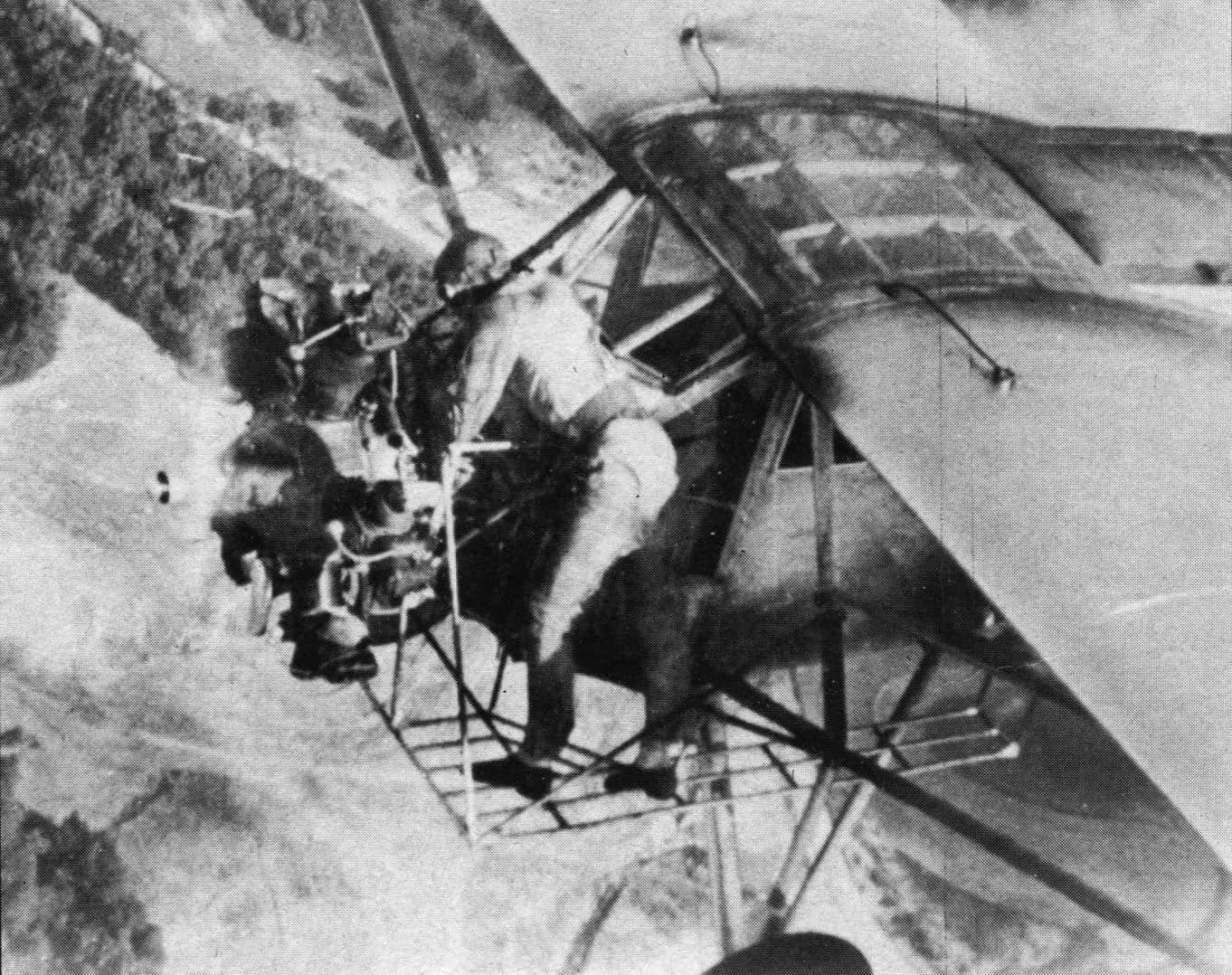The history of transportation is a history of technological advances pushing boundaries and expanding the sphere in which we live. But the relatively recent history of aviation provides a particularly interesting look at the efforts people must invest to break those boundaries. The stories of those successes and failures offer some lessons—or at least comfort—to those trying to push boundaries in other fields.
The Wright Brothers’ first flight in 1903 was just 12 seconds, and the Wrights held the endurance record for five years. Then competition and rapidly growing aviation experience made the record interesting: the Wright’s last record was just over 2 hours at the end of 1908, but with successive flurries of effort and innovation, the record rose to over 24 hours (unrefueled) by 1914, 30 days (refueled) by 1939, and 64 days by 1959.
Go deep with me on how the “building the plane while flying it” metaphor is so wrong, along with the history of flight endurance records over in my blog. But to the extent that aviation endurance records are metaphor or inspiration to others, consider the following:
None of this was inevitable: after 100 years of historically unprecedented change and disruption (change so enormous and pervasive that we’ve altered the earth’s climate), it’s easy for us to casually speak of the inevitable onward march of technology. But the timing and shape of change depended on those who challenged the constraints of the day. The pilots celebrated here, and the faraway engineers building ever more reliable machines, all in some measure had to work against conventional wisdom about what was possible or worth trying. After all, nobody knows what the true limits are until they test them.
Pushing boundaries often required dead-end work: A number of records were set by pilots who installed catwalks so they could service their planes mid-air, but later advances in engine reliability made those catwalks obsolete. The contenders developed many different approaches to in-flight refueling, but it’s possible that nobody has attempted such a feat with civilian aircraft since the last record was set. (Also consider: the catwalks of early attempts were tech debt to later aviators, but that tech debt paved the way for those later aviators.)
Better communication tools contributed to higher endurance: Before radio technology was light and reliable enough for use in aircraft, pilots depended on lights and hand signals to communicate with their ground teams. Radio communication made it possible to work through in-flight problems with a ground team, including bringing in a dentist in one record attempt to talk the pilots through draining an abscessed tooth.
No daredevils here: These pilots risked death, but they weren’t daredevils. They carefully analyzed the problems they faced and prepared for them. They moved cautiously and learned from their failures. They worked tirelessly to prepare for what they could, then adapted based on the changing condition of their aircraft and lessons learned in the air.
Failures were more instructive than successes, willingness to try was more important than supposed expertise: Some flyers were lucky and beat the record on their first attempt, and those that did often didn’t make a second attempt. But many flyers made multiple attempts, especially as the record stretched to weeks aloft. These flyers took note of what worked and what didn’t and adjusted their approach on subsequent attempts.
We remember the flyers, but this was a team effort: Every record-breaking flight was supported by a team of people who fueled and fed the flyers, helped find solutions to in-air crises, and encouraged them along the way. In examples large and small, the team was critical to the success of the record. And in at least one case they had to work around the leader to make it work.
The unrelenting demands of continuous operation: These attempts demonstrated how the challenge of keeping critical machinery working 24 hours per day for days and months on end requires very different approaches than the casual operation of the same machinery. This isn’t about the (misunderstood) risk of deploying on Fridays, it’s about the reality that the machines we build never operate at a truly steady state. Memory leaks, clock skew, and ID wraparound are just a few issues that can upset presumed steady-state operations.
Really, though, if you’ve read all the way to here without enjoying the images and gifs in my larger post, you need to go there now.

Fred Key performs in-flight maintenance “Ole Miss.” Appeared in the EAA Vintage Aircraft Association’s newsletter.